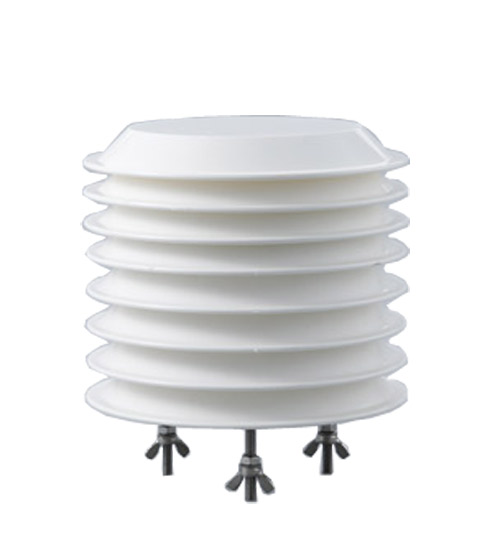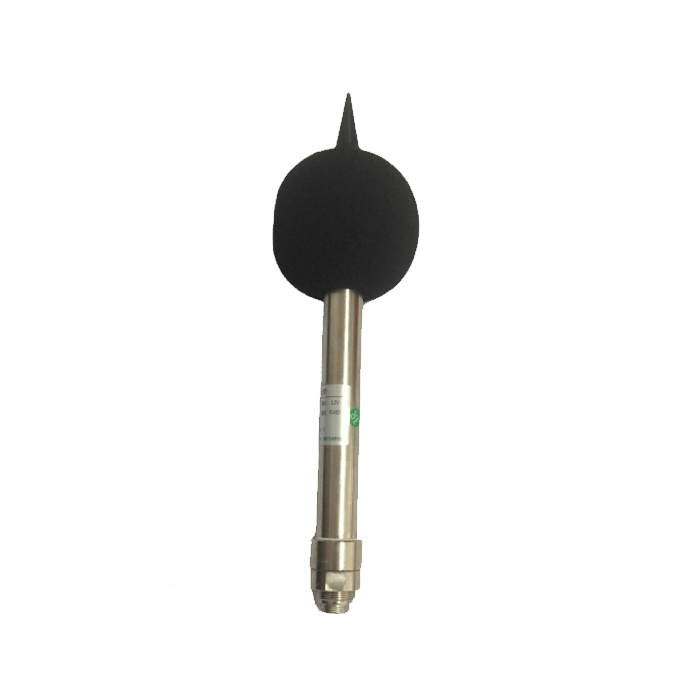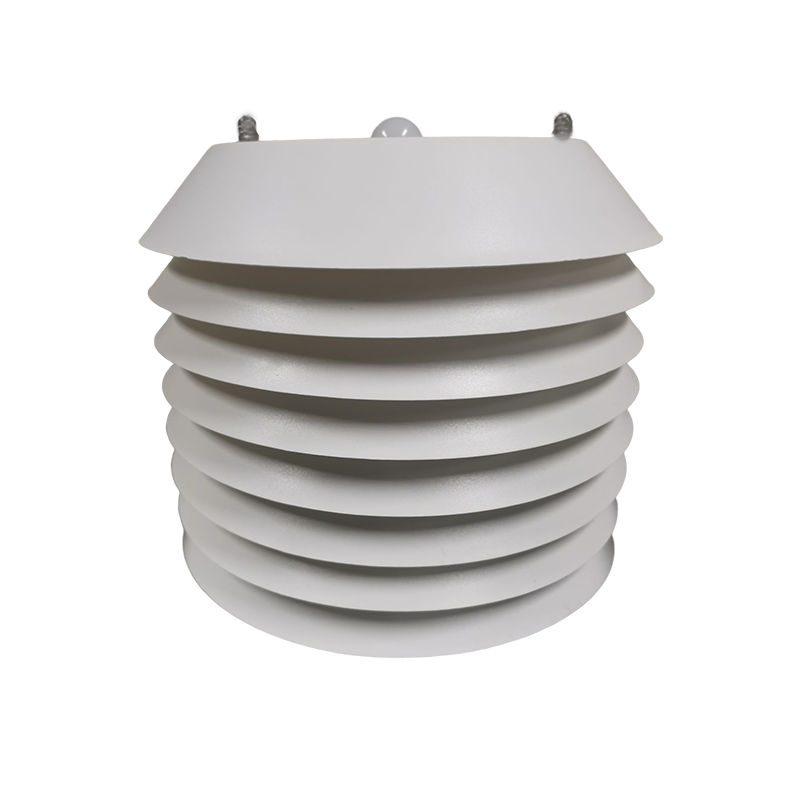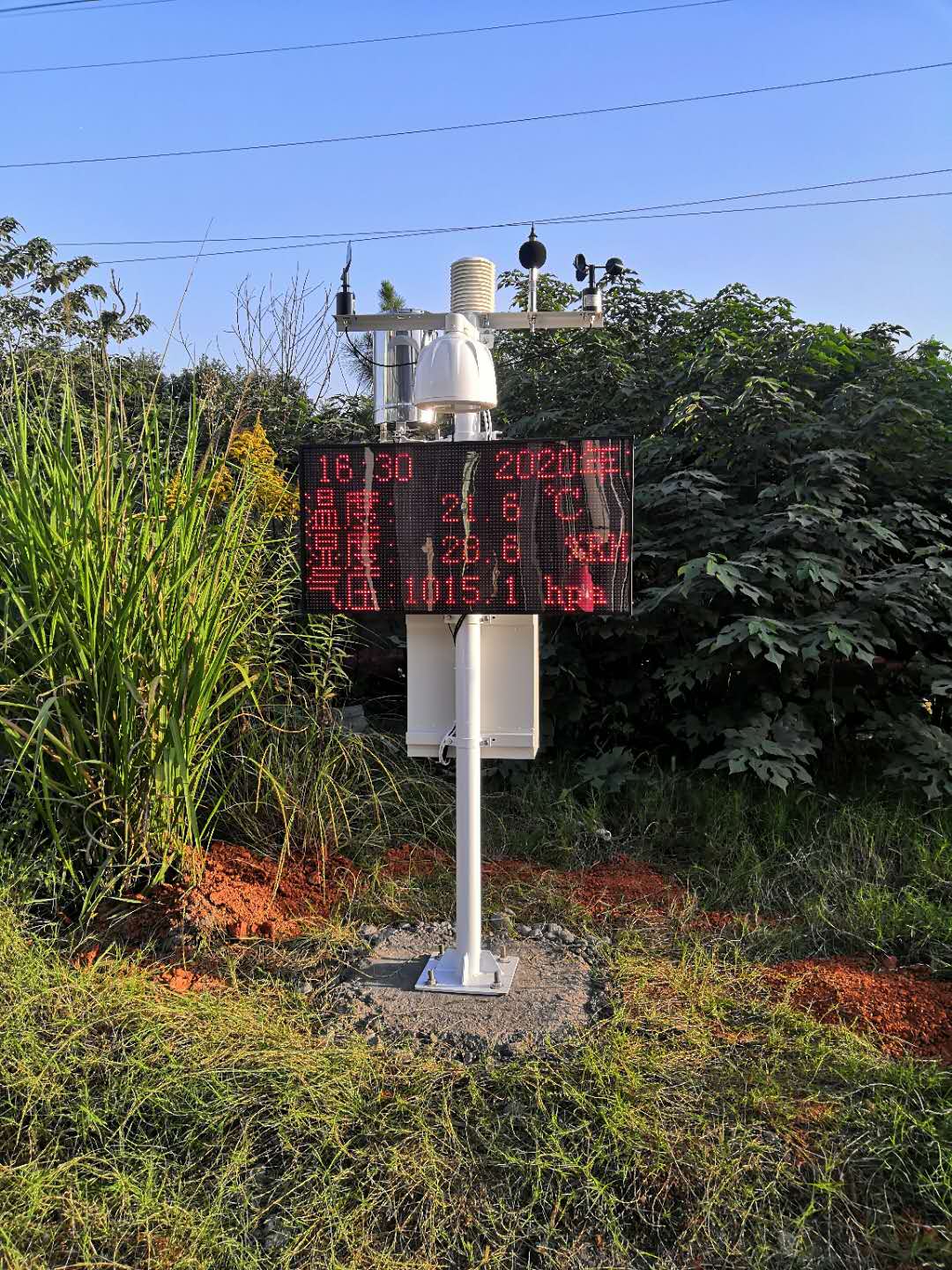

— Products —
 Consumer hotline +8618073152920
Consumer hotline +8618073152920 WhatsApp:+8615367865107
Address:Room 102, District D, Houhu Industrial Park, Yuelu District, Changsha City, Hunan Province, China
All products
Urban Weather Station ( City Weather Station ) is specially designed for monitoring and recording various meteorological parameters in the urban environment. It is capable of collecting and analyzing urban weather information in real time, including temperature, humidity, wind speed, wind direction, barometric pressure, precipitation, air quality, and so on. Urban weather stations usually have a compact design and are suitable for installation in various corners of the city, ···
Tel/WhatsApp:+8615367865107
Email:Arvin@niubol.com +Nearly 100 partner company in more than 68 countries. We are committed to providing high-quality, practical products to meet your needs and help you solve problems.Product Details
Urban Weather Station (City Weather Station) is an equipment and system specially designed for monitoring and recording various meteorological parameters in the urban environment. It is capable of collecting and analyzing urban weather information in real time, including temperature, humidity, wind speed, wind direction, barometric pressure, precipitation, air quality, and so on. Urban weather stations usually have a compact design and are suitable for installation in various corners of the city, such as rooftops, parks, transportation hubs and other places. It provides important support for urban planning, transportation management, environmental protection, disaster warning and other fields.
 |  |  |  |  |
| Anemometer Wind Speed sensor | Wind direction sensor | Tipping bucket rain gauge sensor | Tipping bucket rain gauge sensor | Piezoelectric Rain Gauge |
 |  |  |  |  |
| Atmospheric Temperature Humidity air pressure Sensor | ultrasonic wind speed and direction sensor | 5 in1 Ultrasonic Weather Station Sensor | 6 in1 Ultrasonic Weather Station Sensor | 7 in1 Ultrasonic Weather Station Sensor |
 |  |  |  |  |
| Carbon dioxide sensor | Solar Radiation Sensor | Noise sensor | illumination sensor | Integrated PM2.5 and PM10 sensors |
Urban Weather Station usually contains the following sensors, each of which has its own unique role and value:
1. Temperature Sensor
Role: Measures the temperature of the air, reflecting the thermal conditions of the urban environment.
Value: Provide basic data for weather forecasting to help the public understand weather changes; guide farming activities in agriculture; assess urban heat island effect in environmental protection.
2.Humidity Sensor
Role: Measure the humidity of the air, i.e. the amount of water vapor in the air.
Value: Provide environmental humidity data in industrial production, warehouse management, healthcare, etc.; guide irrigation in agriculture; assess precipitation probability in weather forecasting.
3. Barometric Pressure Sensor
Role: Measure changes in atmospheric pressure to reflect the evolution of weather systems.
Value: Improve the accuracy of weather forecasts, especially for strong convective weather; ensure safety in aviation and navigation.
4. Wind Speed Sensor and Wind Direction Sensor
Function: Measure wind speed and wind direction respectively, reflecting the speed and direction of air flow.
Value: Optimizing power generation efficiency in wind power generation; assessing the impact of wind on traffic in traffic management; assessing storm intensity in weather forecasting.
5. Rain Sensor and Snow Sensor
Role: Measure rainfall and snowfall respectively to reflect precipitation.
Value: Provide data support for hydrological forecasting, water resource management, urban drainage, etc.; guide irrigation in agriculture; assess the probability and intensity of precipitation in weather forecasting.
Role: Measure the intensity of solar radiation, reflecting the distribution of solar energy.
Value: Provide real-time radiation data for solar power generation; assess the impact of solar radiation on the earth's environment in climate research.
7.Air Quality Sensor
Role: Measure the concentration of pollutants in the air, such as PM2.5, PM10, CO2 and SO2.
Value: Provide data support for environmental protection and assess urban air quality; protect residents' health in public health; assess tailpipe emissions in traffic management.
Role: Measure the noise level in the urban environment.
Value: Evaluating urban noise pollution status, providing data support for urban planning and management; protecting hearing health in residents' life.
The deployment location of these sensors in Urban Weather Station is usually determined based on the characteristics of the sensors and monitoring needs. The following is a summary of possible deployment locations for these sensors based on common practice and information provided in reference articles:
1. Temperature Sensors
Deployment Location: Typically installed in a louvered box to avoid the direct effects of solar radiation and wind and rain and to ensure the accuracy of the measurement data. In cases where it is not possible to install a louvered box, they can also be installed in a well-ventilated area that is protected from direct sunlight.
2. Humidity sensor
Deployment location: It should be installed in a well-ventilated place to avoid the influence of too high or too low local humidity on the measurement results. It is also necessary to avoid direct exposure of the sensor to rainwater to prevent damage.
3. Barometric Sensor
Deployment location: It should be installed in a place that is not affected by air currents to ensure that a stable atmospheric pressure value is measured. Often, barometric pressure sensors are also mounted in a louvered box or similar protected facility.
4. Wind Speed Sensor and Wind Direction Sensor
Deployment location:
Height: usually installed at a height of 10 meters or more to avoid the effect of ground turbulence on the measurement results. For urban weather stations, mounting on top of a building or on a specialized wind tower may be an option.
Orientation: The wind direction sensor should point due north to ensure that the measured wind direction data is accurate. Wind speed sensors, on the other hand, measure wind speed by means of a rotating wind cup or similar device.
5. Rain sensor and snow sensor
Deployment Location:
Rain sensors: are usually mounted on a stable, level surface such as the roof of a building or on a specialized rain gauge. It is necessary to ensure that the sensor can be fully exposed to rain to accurately measure precipitation.
Snow sensors (e.g. ultrasonic snow depth sensors): again need to be mounted on a stable, level surface and need to avoid being completely covered by snow to ensure accurate measurement data.
Deployment location: should be installed in an open, unobstructed area to ensure that the sensor can fully receive solar radiation. It is also necessary to avoid direct exposure of the sensor to rain or strong winds to prevent damage.
7. Air Quality Sensor
Deployment Location:
Suitable deployment locations should be selected based on monitoring needs. For example, installation at busy traffic intersections can monitor tailpipe emissions; installation in industrial areas can monitor industrial pollution.
Usually need to be installed at a certain height from the ground to avoid the impact of local pollution such as ground dust on the measurement results.
8. Noise sensors
Deployment location:
Suitable deployment locations should be selected based on monitoring needs. For example, installation in residential areas, schools, hospitals and other places that need to be kept quiet can monitor noise pollution.
The sensors should be installed at a certain height from the ground to avoid the influence of ground reflected noise on the measurement results.
In general, the deployment location of these sensors should be based on a combination of factors such as monitoring needs, environmental conditions, sensor characteristics and data accuracy requirements. In practice, it may take several trials and adjustments to determine the optimal deployment location.

1. Improve weather forecast accuracy: Urban Weather Station provides high-resolution and high-precision weather data, which can significantly improve the accuracy of weather forecasts, provide timely weather information to the public, and reduce the impact of extreme weather events on cities.
2. Supporting urban planning and management: By monitoring temperature, humidity, wind speed, wind direction, precipitation and other parameters in the urban environment, it provides important data support for urban planning, transportation management, environmental protection and other fields.
3. Protecting residents' health: monitoring data from air quality sensors and noise sensors help assess the quality of the urban environment and protect residents from the hazards of air and noise pollution.
4. Promoting scientific research: The data provided by Urban Weather Station provides valuable data resources for climate research, environmental science research and other fields, and promotes the development of related disciplines.
5. Resource management: Reasonable allocation of water resources and improvement of urban disaster resistance.
Summary
Urban Weather Station is an indispensable and important equipment in urban environment, which monitors and records urban meteorological parameters in real time by integrating a variety of high-precision sensors, providing important support for weather forecasting, urban planning, environmental protection, disaster warning and other fields. With the advancement of science and technology and the acceleration of urbanization, the role of Urban Weather Station will become more and more important, not only to help cities better cope with climate change, but also to escort the sustainable development of cities and the healthy life of residents.
Sensors & Weather Stations Catalog
Agriculture Sensors and Weather Stations Catalog-NiuBoL.pdf
Weather Stations Catalog-NiuBoL.pdf
Related recommendations
 Multi-Depth Soil Sensor RS485
Multi-Depth Soil Sensor RS485 TDR Soil Moisture Sensor
TDR Soil Moisture Sensor Pyranometer Solar Radiation Sensors
Pyranometer Solar Radiation Sensors Soil ph sensor
Soil ph sensor Tipping Bucket Rain Gauge
Tipping Bucket Rain Gauge Air Temperature and Humidity Sensor
Air Temperature and Humidity Sensor
Screenshot, WhatsApp to identify the QR code
WhatsApp number:+8615367865107
(Click on WhatsApp to copy and add friends)